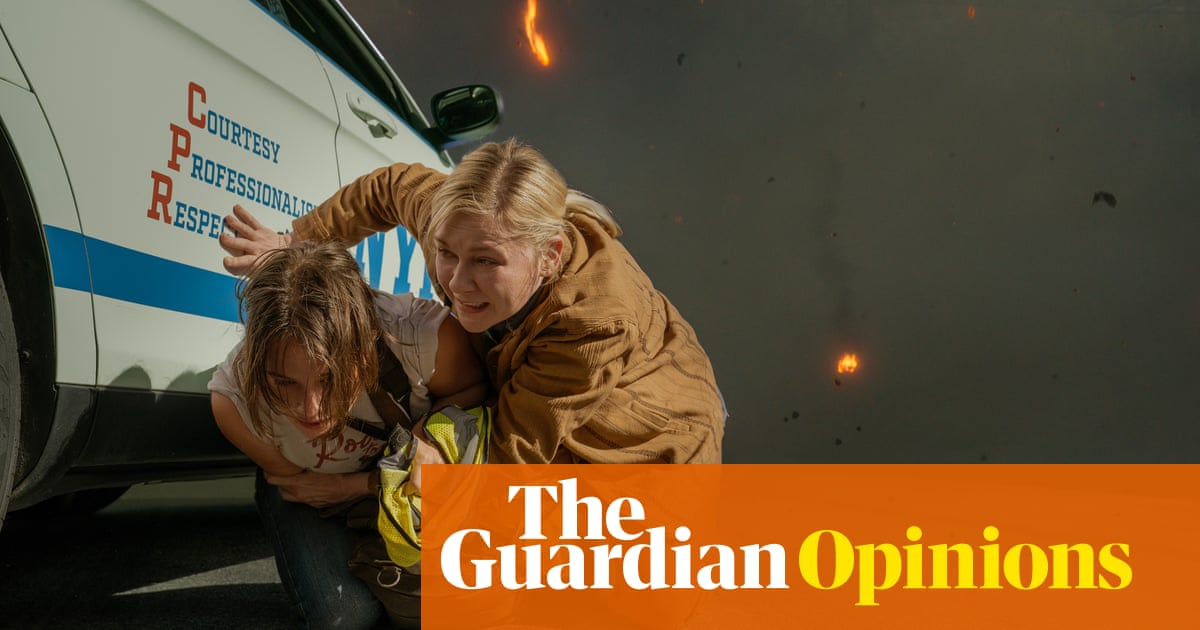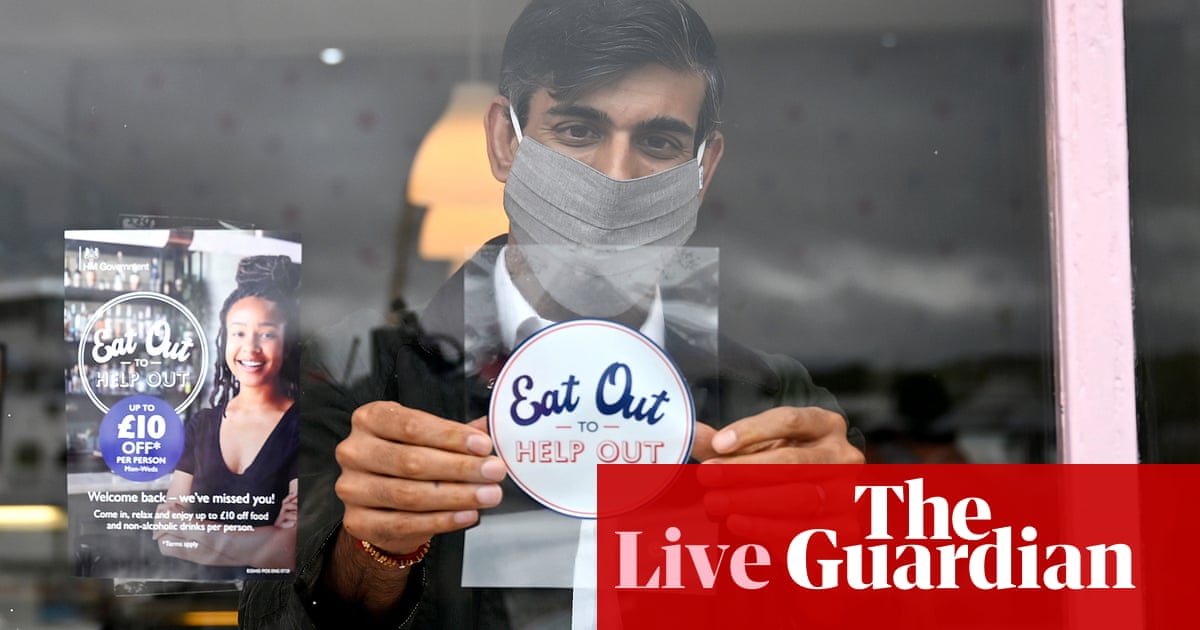
“Blue, our sky is forever blue!” effuses the official anthem of Rondônia, a UK-sized chunk of the Amazon in the western reaches of Brazil. But the “pure crystalline” heavens celebrated by those lyrics have vanished in recent months.
Huge tracts of South America have been blanketed in smoke from largely man-made wildfires that are raging from Ecuador’s drought-stricken capital to Paraguay’s Chaco forest to the backlands of the greatest tropical jungle on Earth.
The smoke has been so dramatic that passenger planes have been unable to land in Rondônia’s riverside capital, Porto Velho, and schools have been forced to close. The government polyclinic run by Dr Lilian Samara de Melo Lima has seen a surge in patients suffering respiratory complaints, migraines and eye inflammation.
“These days we can’t even see the other bank of the river,” complained the Brazilian GP as she sheltered inside her clinic from the smog.
Lima, 45, was born and raised in Rondônia and has witnessed the toxic impact of wildfires before, as cattle ranchers and soy farmers use the Amazon’s annual “burning season” to clear land and carve new properties out of the region’s fast-shrinking rainforests.
“But this year has been truly atypical,” she added, blaming man’s “devastating, predatory, reckless” march into areas that just a few decades ago were largely unexplored jungles inhabited by little-known Indigenous groups.
For Porto Velho’s 500,000 residents the blazes have been suffocating. “We’re breathing in so much detritus,” said its health secretary, Marilene Penati, a pediatrician.
The city’s inhabitants are far from the only South Americans suffering as a result of fires experts say have been exacerbated by a historic drought linked to the natural climate phenomenon El Niño and the effects of climate change.
“We have a problem across the continent, it’s not only Brazil,” said Erika Berenguer, an Oxford University scientist who studies the impact of fire on the Amazon.
Berenguer said satellites had detected a record number of fire “hotspots” in neighbouring countries such as Colombia, Guyana and Venezuela this year.
Drought and fires have also scorched Paraguay’s endangered Chaco ecosystem, threatened the agriculture-dependent economy, and cloaked the capital, Asunción, in toxic smog.
Since the start of September, over 180,000 hectares ( 444,789 acres) of dry forest and savannah have gone up in smoke around Cerro Chovoreca, a protected reserve near the border with Bolivia. The blaze began on recently deforested ranchland before racing out of control. Videos on social media showed firefighters running from advancing walls of flame.
The conflagration has ravaged areas used by Ayoreo nomads – South America’s only uncontacted people outside the Amazon – to hunt and forage.
“Our isolated brothers live in that territory,” said Choyoide José Fernando Jurumi, the leader of the local Ayoreo Chovoreca community. “It causes us great pain. What are they going to eat? Where are they going to hide?”
At least 20 people have died since July in Peru as forest fires have destroyed tens of thousands of hectares of land in the Andes and its portion of the Amazon. In the last fortnight, states of emergency have been declared in six regions; Lambayeque, Huánuco and Cajamarca in the highlands and San Martin, Ucayali and Amazonas, in the Amazon. Fires have affected 22 out of Peru’s 24 regions.
Peru’s prime minister, Gustavo Adrianzén, caused anger by attributing the fires to traditional slash-and-burn practices, though experts say most were likely deliberately set to open up land for farming, ranching and illicit crops like coca, the plant used to make cocaine. “Most of the fires were started to open the doors to illegal activity,” said Constantino Aucca, who leads Acción Andina, a community-led reforestation model in Andean countries.
Christian Rivera, an Ecuadorian paramedic, has been among those helping battle the flames in and around his country’s capital, Quito, in recent weeks. “What’s extraordinary is the scale of the emergency … I’ve never seen anything like it in 30 years working as a paramedic,” Rivera said by phone last week from Cerro de Auqui, the latest point to be hit by blazes that have shrouded the highland capital in smoke and ash.
“We can see this is related to global heating,” Rivera added. “As soon as we put out the flames in one place, they start somewhere else.”
Fires have also swept across Bolivia’s eastern lowlands, particularly affecting Santa Cruz, the country’s agricultural powerhouse, where most of its soya and beef is produced. On Monday, the president Luis Arce flew into the region to officially declare a situation of national disaster.
According to the latest figures from the national government, 4.6m hectares of forest have burned across the country – an area greater than the size of Switzerland. The regional government in Santa Cruz says 7m hectares of pasture and forest have burned there alone, “the worst environmental disaster” in its history.
Penati thought Porto Velho was also living through some of the worst days in the city’s 110-year history but saw its climate calamity as part of a global crisis which required an urgent collective response.
“The Earth is sick … the Earth is crying out for help,” the health secretary warned as she sat in the smoke-veiled clinic, quoting a recent address by Pope Francis in which he urged people to change their ways.
“But we’re just not … listening, are we?” Penati added, voicing despair at South America’s increasingly smoky plight. “I feel so, so sad because we’re hurting our planet and we need to care for her – because we are killing ourselves.”












